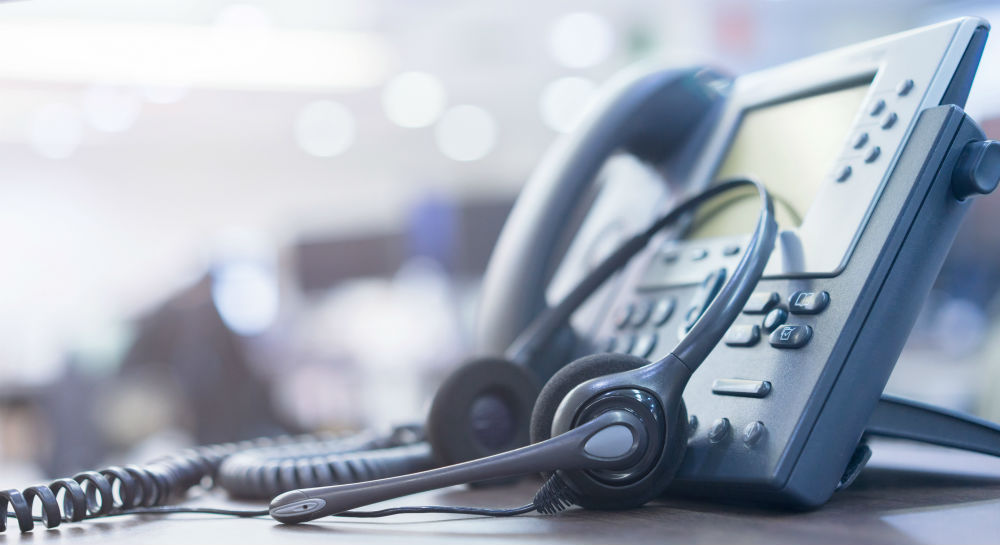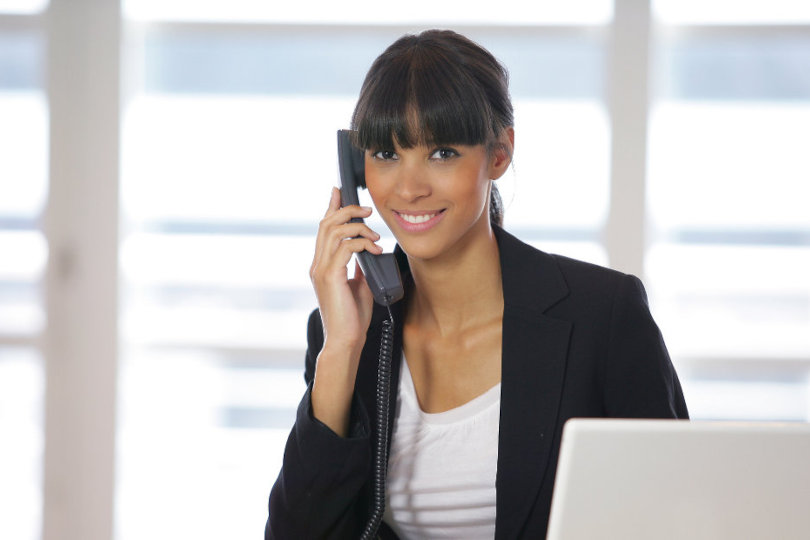All Categories
Featured
Table of Contents
- – Whats The Best How Much Do Answering Services C...
- – What Was The Most Popular Virtual Receptionist...
- – What Is The Best How To Call Forward To An Ans...
- – What Is The Best Business Answering Services ...
- – Who Makes The Best Call Answering & Reception...
- – What Is The Best 12 Best Telephone Answering...
Whats The Best How Much Do Answering Services Cost? Local Business Tips ...
This gadget and its successors were created by Sava Jacobson, an electrical engineer with a private consulting company. While early voice mail utilized magnetic tape innovation, most contemporary equipment uses strong state memory storage; some devices use a mix of both, with a solid-state circuit for the outgoing message and a cassette for the inbound messages.
"toll saving" listed below) (phone answering service). This works if the owner is screening calls and does not wish to consult with all callers. In any case after going, the calling party should be informed about the call having been responded to (for the most part this begins the charging), either by some remark of the operator, or by some welcoming message of the little bit, or addressed to non-human callers (e.
This holds specifically for the Littles with digitally kept greeting messages or for earlier devices (prior to the increase of microcassettes) with an unique limitless loop tape, separate from a second cassette, dedicated to recording. There have actually been answer-only gadgets with no recording capabilities, where the greeting message needed to inform callers of a state of current unattainability, or e (business answering service).
What Was The Most Popular Virtual Receptionist & Phone Answering Services Australia?

about accessibility hours. In recording TADs the greeting normally includes an invitation to leave a message "after the beep". A voice mail that utilizes a microcassette to record messages On a dual-cassette answerphone, there is an outgoing cassette, which after the defined variety of rings plays a pre-recorded message to the caller.

Single-cassette answering devices contain the outbound message at the start of the tape and inbound messages on the remaining area. They initially play the announcement, then fast-forward to the next offered area for recording, then tape the caller's message. If there are many previous messages, fast-forwarding through them can trigger a significant hold-up.
This beep is frequently referred to in the welcoming message, requesting that the caller leave a message "after the beep". Littles with digital storage for the recorded messages do not show this hold-up, of course. A little bit may provide a remote control facility, where the answerphone owner can sound the home number and, by going into a code on the remote telephone's keypad, can listen to tape-recorded messages, or erase them, even when far from home.
What Is The Best How To Call Forward To An Answering Service Service?

Thus the maker increases the number of rings after which it answers the call (generally by two, resulting in 4 rings), if no unread messages are presently saved, however responses after the set number of rings (normally 2) if there are unread messages. This enables the owner to learn whether there are messages waiting; if there are none, the owner can hang up the phone on the, e.
Some machines also permit themselves to be from another location activated, if they have been switched off, by calling and letting the phone ring a particular big number of times (generally 10-15). Some provider abandon calls currently after a smaller variety of rings, making remote activation impossible. In the early days of TADs an unique transmitter for DTMF tones (dual-tone multi-frequency signalling) was regionally needed for push-button control, because the previously utilized pulse dialling is not apt to convey appropriate signalling along an active connection, and the dual-tone multi-frequency signalling was executed stepwise.
Any incoming call is not recognizable with regard to these residential or commercial properties in advance of going "off hook" by the terminal devices. So after going off hook the calls should be switched to suitable devices and only the voice-type is instantly accessible to a human, but perhaps, nevertheless ought to be routed to a LITTLE BIT (e.
What Is The Best Business Answering Services - Virtual Receptionists 2023
What if I told you that you do not have to actually get your device when answering a consumer call? Somebody else will. So practical, best? Answering telephone call does not require someone to be on the other end of the line. Effective automated phone systems can do the technique just as effectively as a live representative and sometimes even better.
An automated answering service or interactive voice reaction system is a phone system that interacts with callers without a live individual on the line - reception services. When companies use this technology, customers can get the response to a concern about your service merely by using interactions set up on a pre-programmed call circulation.
Although live operators update the customer care experience, lots of calls do not need human interaction. A simple taped message or directions on how a consumer can recover a piece of information generally solves a caller's immediate need - local phone answering service. Automated answering services are a simple and effective method to direct incoming calls to the right person.
Who Makes The Best Call Answering & Reception Services - Office Shed
Notice that when you call a business, either for assistance or item inquiry, the very first thing you will hear is a pre-recorded voice greeting and a series of alternatives like press 1 for customer care, press 2 for questions, and so on. The pre-recorded options branch out to other choices depending upon the consumer's choice.
The phone tree system assists direct callers to the ideal person or department using the keypad on a mobile phone. In some instances, callers can utilize their voices. It's worth keeping in mind that auto-attendant alternatives aren't restricted to the 10 numbers on a phone's keypad. Once the caller has chosen their very first option, you can design a multi-level auto-attendant that utilizes sub-menus to direct the caller to the right type of assistance.
The caller does not need to interact with a person if the auto-attendant phone system can handle their concern. The automatic service can path callers to an employee if they reach a "dead end" and need assistance from a live representative. It is costly to work with an operator or executive assistant.
What Is The Best 12 Best Telephone Answering Service For Businesses In ... On The Market Right Now
Automated answering services, on the other hand, are considerably more economical and offer significant cost savings at an average of $200-$420/month. Even if you do not have actually devoted staff to deal with call routing and management, an automatic answering service improves productivity by permitting your team to concentrate on their strengths so they can more efficiently invest their time on the phone.
A sales lead routed to client service is a lost shot. If a client who has product concerns reaches the wrong department or receives incomplete answers from well-meaning workers who are less trained to manage a specific type of concern, it can be a cause of disappointment and dissatisfaction. An automated answering system can minimize the number of misrouted calls, therefore assisting your employees make much better usage of their phone time while maximizing time in their calendar for other tasks.
With Automated Answering Systems, you can create a customized experience for both your staff and your callers. Make a recording of your main greeting, and just update it routinely to show what is going on in your organization. You can create as many departments or menu choices as you desire.
Table of Contents
- – Whats The Best How Much Do Answering Services C...
- – What Was The Most Popular Virtual Receptionist...
- – What Is The Best How To Call Forward To An Ans...
- – What Is The Best Business Answering Services ...
- – Who Makes The Best Call Answering & Reception...
- – What Is The Best 12 Best Telephone Answering...
Latest Posts
Proven Medical Answering Service Near Me – QLD
Message Taking Service
Emergency Answering Service
More
Latest Posts
Proven Medical Answering Service Near Me – QLD
Message Taking Service
Emergency Answering Service